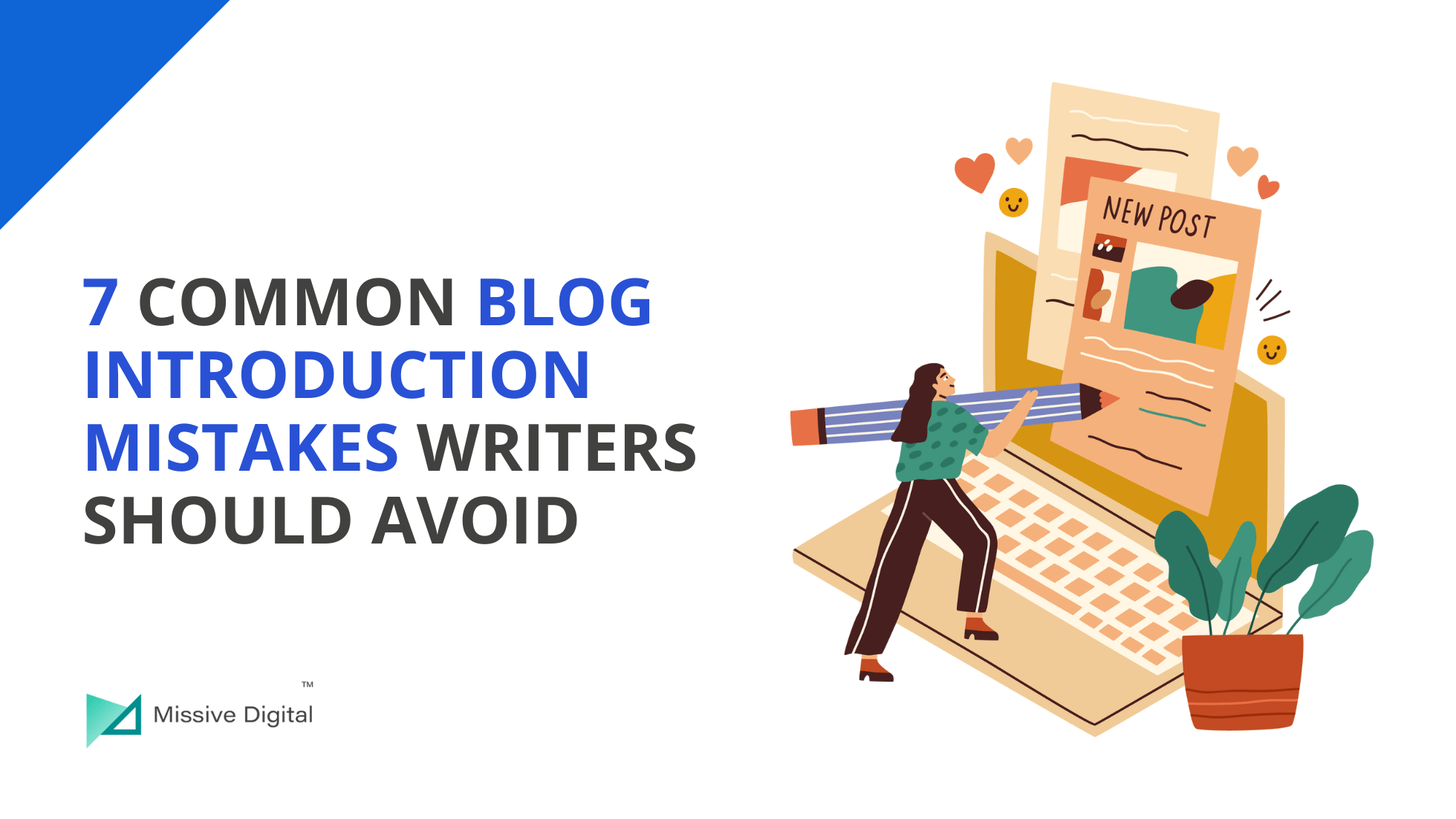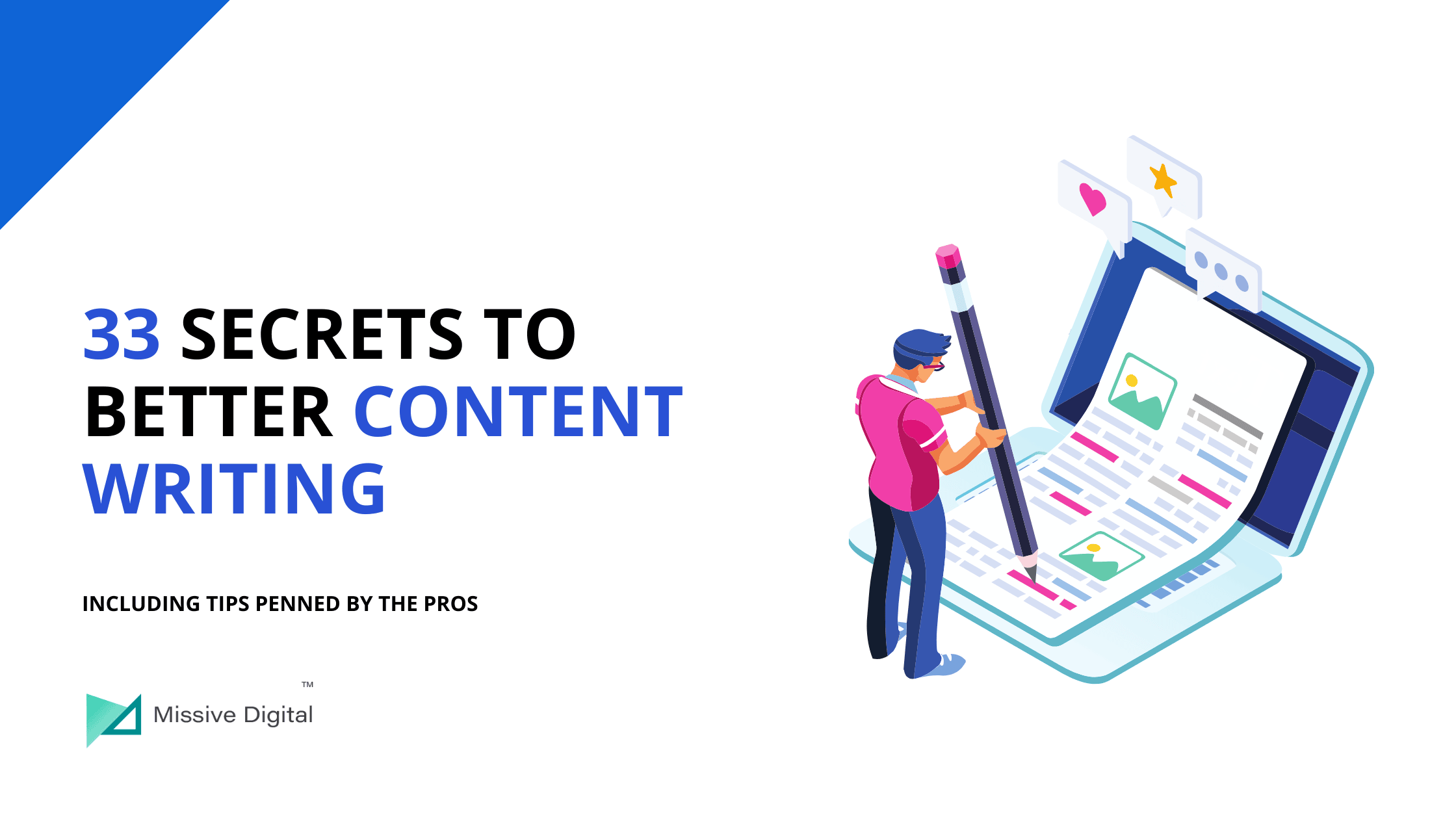Key Takeaways
- Always choose relevant data (statistics) that resonates with your topic’s intent.
- Do not divert your focus from the target audience to maintain the reader’s intent.
- Avoid keyword stuffing in the introduction to create an engaging flow of words.
- Begin your blogpost with a thought-provoking sentence such as a hook statement.
Writing a blog introduction includes several aspects that a writer must focus on to convey a quick understanding of the topic. Writers can build high-quality beginnings for their content by simply sharing relevant statistics about the topic, bringing more accountability and credibility to the reader’s mind.
The ideal length of a full blogpost depends on the depth of the topic, and the introduction is the first thing the reader or visitor comes across when reading a blog. They help businesses and bloggers build credibility and connect with their audiences effectively.
Let’s dig deep into the measures that a writer can take to avoid miscellaneous information sharing and build better engagement that drives exponential business growth. If you’re struggling with content direction or clarity, our content consulting services can help you structure high-impact intros that convert.
What is a Blog Introduction?
An introductory piece of content for a topic that needs to be explained briefly, allowing readers to quickly access the information they are looking for, can be referred to as a blog article. By information, it suggests that the reader learns that they landed on the right blog and not some misleading information with inaccurate content.
A well-crafted blog intro is essential for engaging the reader and setting the tone for the article. Blog post intros must be precise and convey the right meaning to the topic, explaining its benefits, demands, challenges, etc, allowing readers to connect with the information and flow of the topic.
A compelling blog post introduction can make or break the success of the overall blog post.

Did you know that an average reader spends only 52 seconds on a particular web blog? This statistic suggests that all your information sharing might go unread if you do not share the most engaging information piece at first as an introduction to the topic in hand. A compelling introduction is critical for engaging readers and ensuring they continue reading.
In the fast-paced world of content marketing, a strong introduction is vital for capturing the reader’s interest and driving engagement.
Start Off With A Strong Blog Introduction: Avoid These 7 Pitfalls
If you want your blog posts to captivate readers from the very first line, be sure to avoid these seven critical mistakes that could be undermining your introduction’s effectiveness.
1. Stop Sharing Irrelevant Content: Engage Reader’s Attention
Suppose you have a topic on app development costs, and you start with “Flutter is the best mobile app development framework for developers.” Do you find this relevant to the topic? No!
However, the most appropriate start would be sharing industry-valuable statistics about app development costs and their ranges for different geographical regions.
Thus, engaging the reader with your blog introduction is more significant than explaining something that is an additional aspect of the topic.
2. Avoid Questionable Practices: AI for Content
Listen up, fellow writers. Most GenAI platforms provide data that is either old or fails to generate well-structured content when given an inappropriate prompt. Many writers rely on AI to shape their blog introductions, which often undermines originality and prevents a genuine acknowledgment of the topic.
Getting the most from AI chatbots takes skill. I have learned that crafting the right prompts is crucial. This is especially true when using AI to help with blog intros. But remember – I always review and edit the AI output before publishing. Never skip that human touch. This practice of originality allows businesses to build potential prospect trust when they land on your website or digital product.
3. Misguided From Path: Forgetting Target Audience
Taking the example of the piece of content that I am writing, the topic has a well-structured outline of information sharing, such as an engaging introduction, breaking down the title for a brief detailing, and finally, the conclusion.
Here, my target audience is the reader that I need to engage with the expertise of tone, word choice, and a detailed understanding of the topic. Thus, your blog must resonate with your target audience, ensuring they are comfortable reading your blog despite the circumstances of when, where, and how.
4. Attract Your Reader: Create Hook Statements

“Content is King,” whereas “SEO is the Queen” hooks the reader into your blog, as the reader might be curious about how SEO is the queen here. Many leaders and entrepreneurs embrace the first quote but might have difficulties understanding the latter.
The above statement might even be attractive to many readers who are encountering it for the first time. Well, SEO is definitely the queen! It works hand in hand with search engines like Google, Bing, and SearchGPT, helping them index and understand your content better.
This ensures your blogs find their rightful place at the top of SERPs, reaching their desired audience. That’s what a queen does to tackle mindset indifferences! Hook statements are designed to engage readers by tapping into humor, facts, ideas, innovation, etc.
5. Plenty of Information: No Clear Point
When writing for a specific audience, it’s crucial to keep your blog introduction concise. Aim for a word limit of 100-150 words. While it’s tempting to provide detailed information from the start, remember that too much can overwhelm your readers.
Reduce sentences that exceed ten words and break them down. This practice helps the reader understand each sentence quickly without reading them twice. You can also use H2, H3, H4, etc., throughout the blog to organize your content so that the reader finds the details they are looking for.
6. Not to Stuff Introduction with Keywords
Keyword stuffing in introductions might showcase your content as unnatural and unappealing. While SEO is important, stuffing too many keywords breaks the flow and drives readers away.
Moreover, search engines prioritize authentic writing that adds value to the reader’s intent.
Instead of overloading your introduction, focus on naturally placing relevant keywords while keeping the tone engaging and conversational. Balancing readability and SEO ensures your content ranks well.
To ensure better readability, you can use tools like Hemingway Editor, which offers suggestions for adverbs, adjectives, conjunctions, long sentences, etc.
7. Overpromising and Underdelivering: Set Realistic Expectations
Avoid overpromising and setting unrealistic claims in your blog introduction, as it disappoints readers. Instead, set clear, achievable expectations to build trust and keep them engaged throughout.
The Ideal Length for Blog Introductions
The ideal length for blog introductions can vary depending on the topic, audience, and purpose of the post. However, here are some general guidelines:
- For general-purpose blog posts, aim for an introduction that is around 100-150 words.
- For technical or complex topics, a longer introduction may be necessary to provide context and background information.
- For listicles or how-to posts, a shorter introduction may be sufficient to get straight to the point.
Ultimately, the key is to make sure the introduction is concise, clear, and engaging. It should provide just enough information to pique the reader’s interest and encourage them to read on.
Turning Readers into Followers: Crafting Engaging Blog Post Introductions
Engagement is essential for driving potential leads into the sales funnel. However, many leaders overlook the importance of credibility and trust, which can be built by avoiding common blog introduction mistakes.
Writers must focus on originality and an in-depth understanding of their topics to create compelling introductions that resonate with readers and the latest trends.





